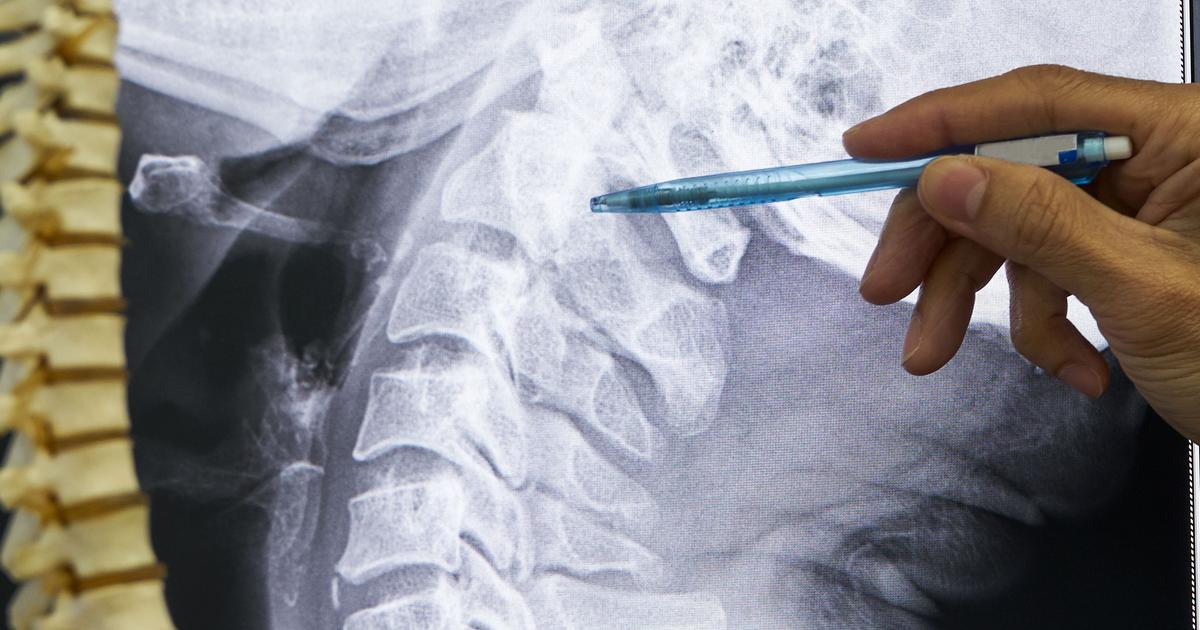Guide To The Locations And Types Of Spinal Cord Injuries
Cervical Spinal Cord Injuries

When an individual incurs damage to the part of the spinal cord above the shoulders and closest to the neck and head, it is referred to as a cervical spinal cord injury. An individual's C1 to C7 vertebral levels make up their cervical spine, with C1 to C4 being the high-cervical nerves and C5 to C8 being the low-cervical nerves. Cervical spinal cord injuries compared to other types of spinal cord injuries are the most severe and result in the most loss of function. When an individual experiences a spinal cord injury at the C1 or C2 level, it is usually fatal. Quadriplegia or full paralysis typically result from spinal cord injuries at the C3 or C4 level. Individuals who experience a spinal cord injury between the C5 and C8 levels may be able to retain the ability to speak normally and breathe on their own but lose limb functionality. An individual who survives a cervical spinal cord injury may be unable to control bladder function, bowel function, and groom or dress themselves. Most patients who have a cervical spinal cord injury require twenty-four-hour care long term, if not for the rest of their life.
Read more about the locations of spinal cord injuries now.